Primal Life Dirty Mouth Toothpowder: Positive for 7,000 ppb Lead and 18,000 ppb Cadmium (Cadmium causes cancer and is considered toxic when ingested) at levels in the 100 ppb range & up
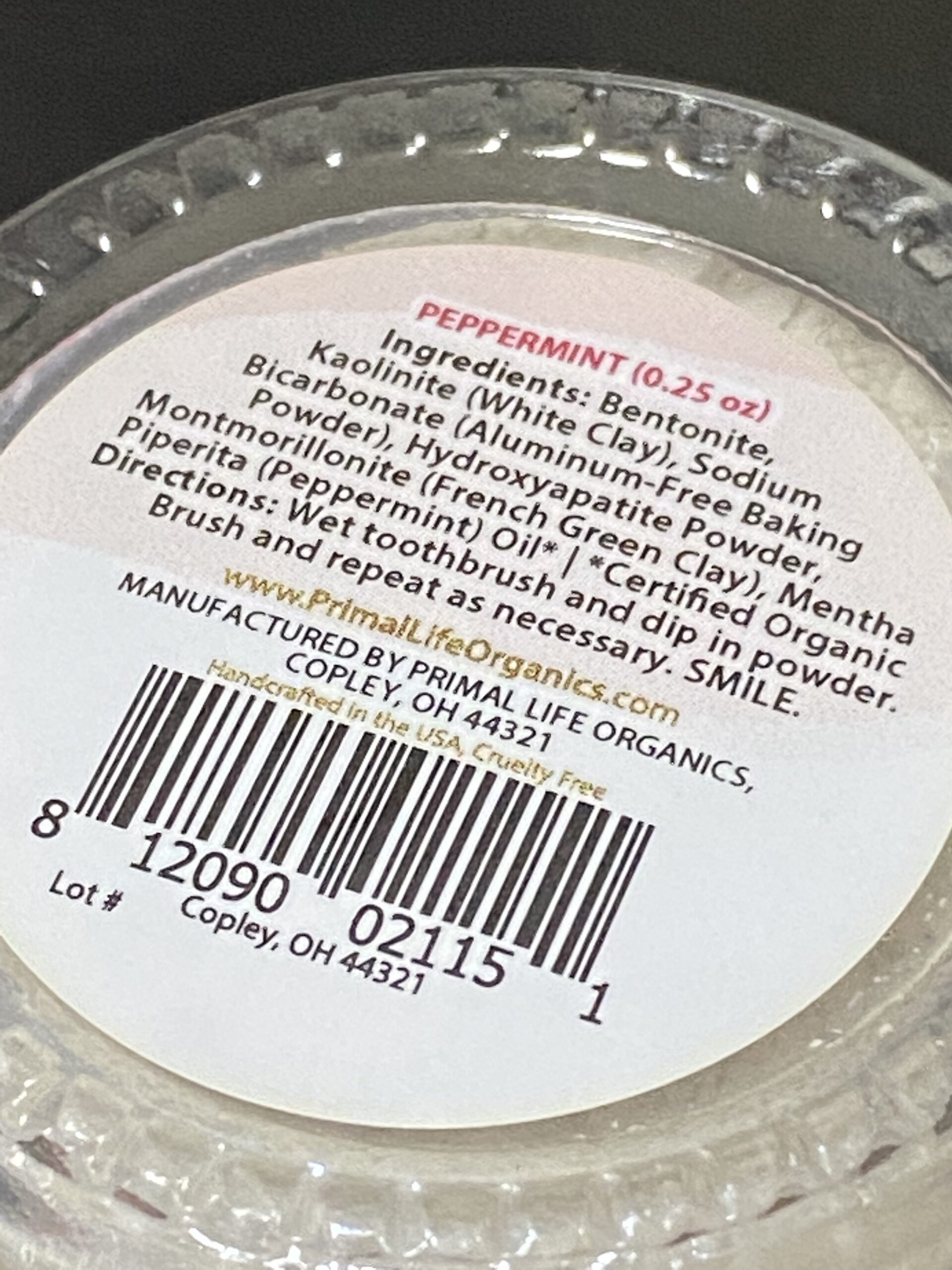
This is an ad-free article.
To make a contribution to help us keep our most widely-read articles ad-free, click here. Thank you.
This is the first of several articles we have published related to this product. Here’s a full list:
- An article published on June 19, 2022.
- Published June 20, 2022 — Email from owner of Primal Life Organics threatening legal action against Lead Safe Mama, LLC/Tamara Rubin.
- Published June 20, 2022 — Cease & Desist letter from Primal Life Organics’ attorneys.
- Published June 22, 2022 — the full text of the Cease & Desist letter.
- Published June 23, 2022 — Contradictory statements from Primal Life that their tooth powder is Lead-free and also that it has Lead.
- Published on June 24, 2022, a “hit piece” on Tamara Rubin & Lead Safe Mama, LLC published by Primal Life Organics, attempting to discredit our scientific findings.
- Published June 25, 2022 — more contradictory information from Primal Life Organics regarding whether or not their tooth powder is safe to swallow.
- Published June 26, 2022 — A simplified exchange with Trina (owner of Primal Life Organics) demonstrating she does not understand the science (and math) related to Lead-contamination in her products.
- Published June 26, 2022 — COA from Primal Life Bentonite Clay supplier confirms the levels of Lead found in this tooth powder
- More to come soon! (As of 2024!)
In light of the XRF test results for the Primal Life Tooth Powder products (full details are below), this text on the company’s website is more than a little disturbing:
Primal Life actually even has a CYA warning (“disclaimer”) under the FAQ question “[are your] Products safe for kids?” and “[are the] Products safe for pregnancy/breastfeeding?” Frankly, stronger warnings should be front and center on their website. Instead, there is a picture of a child using their products as the primary image on the site’s home page (see the fourth image below). (And what does that language mean, anyway — that you “feel confident that the products are safe for pregnant women” [?!] Are you [Primal Life] aware how little Lead it takes to impact a pregnancy?)
Sunday — June 19, 2022
Updated: April 12, 2024
Article Index
- Introduction
- Testing Video (posted on Instagram)
- XRF Test Results
- Interpretation of Test Results — Cadmium Considerations
- Interpretation of Test Results — Antimony Considerations
- Interpretation of Test Results — Lead Considerations
- What should consumers who have been using this product do?
- Additional Related Reading (that may be of interest)
- In Conclusion
Section #1) Introduction
I want to start by saying I personally hate this part of the work we do here — I hate when we are right about our concerns/ experience-backed expectation that testing certain specific products is going to wind up confirming a strongly-suspected toxicant profile for that product.
In this particular case however, we were also really shocked to learn that that this business (Primal Life Organics) is owned by a registered nurse. This is shocking given our findings of three poisonous heavy metals in a product they are selling as a health-focused product (a product to be used ostensibly to maintain and restore the dental health of the user). The company is using that piece of information for their marketing (see the screenshot of their Instagram page above with the language “Registered Nurse/ Woman-Owned”), specifically to engender the belief that the products made by the company are inherently safer/”healthy.” ETA: After writing this piece, we learned that it is actually considered a breach of professional ethics for a nurse to use their professional title in this capacity (to sell a product with assertions of health benefits).
Unsuspecting customers with no knowledge of the toxicity of bentonite clay would never imagine that this product could possibly turn out to have unsafe levels of THREE toxic heavy metals — two carcinogens and one neurotoxin — Lead, Antimony, and Cadmium. It does not make sense that a nurse would be selling products with these heavy metals in them — metals found at levels that are without a doubt considered unsafe for ingestion, unsafe for use in food, and unsafe for internal use in by humans!
Knowing that the owner of this company is a nurse, we have a LOT of questions:
- Shouldn’t they have done their homework about heavy metals?
- Is the owner of the company using these products herself?
- Is the owner of the company using these products with her own family?
- Has the owner of the company gotten herself and her own children tested for heavy metals?
If not… she should have that testing done immediately; she should ask her doctor for a heavy metal panel (blood, hair, or urine), and she should examine the results of those tests to see if they include elevated levels for any of the metals listed below (again, especially concerning are the extraordinarily high levels of Antimony, Lead, and Cadmium found in this toothpaste product). If her family is high in one or more of these metals, I think that would support a change in course for Primal Life Organics (in terms of the products they sell and the health benefits they claim with these products).
We have discussed the specific concerns for Lead (and other heavy metals) found in bentonite clay ad nauseam on this website — but I will go over some of the specific concerns here in this article as well.
The exact test results from two full tests (we conducted dozens of tests on this product all with similar sets of results and are reporting only two full sets of results below to demonstrate the range of findings) of the samples tested from the jar of the Primal Life Organics toothpaste pictured are below.
This is product that was purchased directly from the company’s website on May 4, 2022. Per the video posted on TikTok and Instagram (below), the sample tested was taken direct from the sealed container and tested, using XRF technology. Note: Test results noted below are listed in parts per billion (and not in parts per million), because food concentrations of heavy metals that are considered toxic are measured in parts per billion.
Section #2) Testing Video
The video we posted on Instagram (along with the photos that are in this article):
View this post on Instagram
Section #3) XRF test results for the the Primal Life Dirty Mouth Toothpowder pictured here. For an interpretation and explanation of this information, please continue reading below the results.
Section 3, Reading #1) 180 seconds (3-minutes)
-
- Lead (Pb): 7,000 +/- 3,000 parts per billion (ppb)
- Cadmium (Cd): 15,000 +/- 2,000 ppb
- Mercury (Hg): non-detect
- Bromine (Br): 2,000 +/- 1,000 ppb
- Iron (Fe): 8,271,000 +/- 147,000 ppb
- Zinc (Zn): 52,000 +/- 6,000 ppb
- Titanium (Ti): 687,000 +/- 422,000 ppb
- Indium (In): 18,000 +/- 3,000 ppb
- Tin (Sn): 9,000 +/- 3,000 ppb
- Antimony (Sb): 14,000 +/- 5,000 ppb
- Platinum (Pt): 40,000 +/- 12,000 ppb
- Bismuth (Bi): 11,000 +/- 3,000 ppb
- No other metals were detected in consumer goods mode.
Section 3, Reading #2) 180 seconds (3-minutes)
Same sample — different area in scope of instrument
-
- Lead (Pb): 5,000 +/- 3,000 parts per billion (ppb)
- Cadmium (Cd): 18,000 +/- 2,000 ppb
- Mercury (Hg): non-detect
- Bromine (Br): 3,000 +/- 1,000 ppb
- Iron (Fe): 9,378,000 +/- 161,000 ppb
- Zinc (Zn): 57,000 +/- 7,000 ppb
- Titanium (Ti): 794,000 +/- 428,000 ppb
- Niobium (Nb): 243,000 +/- 8,000 ppb
- Indium (In): 18,000 +/- 3,000 ppb
- Tin (Sn): 10,000 +/- 4,000 ppb
- Antimony (Sb): 17,000 +/- 5,000 ppb
- Platinum (Pt): 35,000 +/- 12,000 ppb
- Bismuth (Bi): 10,000 +/- 3,000 ppb
- No other metals were detected in consumer goods mode.
Section #4) Interpretation of the results — Cadmium Considerations
- CADMIUM: Cadmium is an undisputed carcinogen (stated more simply, Cadmium causes cancer).
- I discuss Cadmium toxicity in food at length in this article — link.
- For context: The European standard for the amount of Cadmium allowable in chocolate — a quantitatively comparable exposure source (comparable to toothpaste) because chocolate is ostensibly eaten infrequently, and in small amounts — ranges from 100 to 800 parts per billion, depending on the type of chocolate (details below).
- So if chocolate (specifically, dark chocolate that is 50% cocoa or higher) tests positive for more than 800 parts per billion Cadmium, it is considered unsafe/ toxic — and illegal in Europe.
- With that background, it is absolutely shocking to have learned that this tooth powder tests positive for 18 ppm (parts per million) Cadmium.
- This is the equivalent of eighteen thousand (18,000) parts per billion Cadmium!
- This tooth powder tests positive for a known carcinogen at levels that are 2,200% (22x) the (European) allowable limits for dark chocolate.
Cadmium content: A good candidate for a voluntary recall?
It is for this reason (after testing this product and determining the XRF test results for toxic metals), it is my educated opinion that this product should be recalled. It is unlikely it will be recalled though — because we specifically do not have toxicity limits for toothpaste in the United States, and thus these levels are not illegal! Still, it should be recalled.
If this company were responsible, they would initiate a voluntary recall. Because the company seems demonstrably focused on selling bentonite clay products — and a voluntary recall of their contaminated bentonite clay products would likely decimate them financially — I anticipate they will do nothing in response to learning of these findings (although, if they are not familiar with the work of Lead Safe Mama, LLC, they will possibly send me a “cease and desist” letter from their legal team, asking me to “take down” the publication of these findings).
The text below is the Cadmium section from another article on this website that I felt was relevant to re-share here.
First, some relevant links
For context: Acceptable levels of Cadmium in chocolate (European Standards)
As one possible data set for comparison — I did find the following information from Europe about allowable Cadmium Limits in chocolate (link here):
- Less than 30% chocolate: Maximum of 100 ppb Cadmium allowed
- 30% to 50% chocolate: Maximum of 300 ppb Cadmium allowed
- Cocoa powder: Maximum of 600 ppb Cadmium allowed
- Greater than 50% chocolate: Maximum of 800 ppb Cadmium allowed
Please continue reading below the graphic
(which is from this European report — linked here)
For additional context: Acceptable levels of Cadmium in crab meat (European Standards)
I also found another (perhaps more relevant) bit of information from Europe… this summary looks at Cadmium in crab meat and names 80 ppb as an acceptable level, but warns that the “brown meat” in the body of the crab has as much as 8,000 ppb (8 ppm) and this is an unacceptable and dangerous amount of Cadmium.
Section #5) Interpretation of the results reported above — Antimony Considerations
ANTIMONY: 17 ppm Antimony was found in this tooth cleaning powder. 17 ppm (parts per million) is equal to 17,000 parts per billion.
In the context of any products containing heavy metals — and specifically products intended to go on your mouth (like food, water, supplements, etc.) — toxicity is measured at levels of 1-100 parts per billion (per the limits for Cadmium noted above) — NOT at the 3-orders-of-magnitude-higher level of parts per million.
Understood from that perspective, this is a staggering amount of Antimony to find in a toothpaste.
Antimony was added to the official list of known carcinogens in December 2021 (link with details here), and while I am not aware of any official limits (as I write this) for Antimony in food/ supplements/ beverages (items you may ingest) yet, I believe that is only because Antimony has not been well-studied to date, and there is no regulatory inquiry (no inquiry into setting regulatory limits for Antimony in food or other ingestible substances)… YET.
Please correct me if I am somehow wrong on this explanation (send links to any studies you know of!).
Since I don’t have science to link to to argue this point, I will not be focusing on this concern (which is, however, obviously not insignificant). Here’s a screenshot of/link to one relevant reference consistent with my understanding:
Section #6) Interpretation of the results reported above — Lead Considerations
As we discussed above, when we talk about finding unsafe levels of toxicants (and specifically heavy metals) in food products, we are generally looking at levels in the range of 5 to 100 parts per billion as the typical threshold range for being considered toxic in food and beverages.
As examples:
- The AAP recommendation is that water in drinking fountains in schools not be greater than 1 ppb Lead.
- Bottled water over 5 ppb Lead is considered unsafe (and illegal).
- 50 ppb Lead is considered the maximum allowable level of Lead in fruit juice.
- Candy that might be consumed by children is considered toxic and illegal if Lead levels are in excess of 100 ppb Lead.
- Dried fruit is also not legally allowed to have more than 100 ppb Lead.
(Again, there are 1,000 parts per billion in 1 part per million.) The range of detection for an XRF instrument is only as low as single-digit parts per million, so it is very rare for a food product (or supplement or personal care product) to test positive for toxicants using XRF technology.
So when something that is a main component of a product you put in your mouth (and that might be accidentally ingested by children when used as intended — like toothpaste) is positive for a toxicant in a detectable level of parts per million (using XRF technology or other testing methodologies) this is a very alarming result. A product that goes into your mouth with that high a level of detectable heavy metals should not be considered safe to use.
As noted above, this tooth powder tested positive for 7,000 parts per billion Lead. There is now universal consensus among scientists (and informed medical professionals) that there is no safe level of Lead exposure for humans — especially for children and for pregnant women. You can read more about the potential impact of even trace/ low-level Lead exposure on negative birth outcomes in this article.
Section #7) What should consumers who have been using this product do?
- Stop using this product immediately.
- Set the product aside in a plastic baggie for later, find the receipt or purchase confirmation email and keep that with the product as well. (Ask for a refund, let the company know how you feel about learning this information.)
- Contact your doctor (especially if you and your children have been using this product daily) and explain that you have a suspected chronic/ persistent (long-term — as long as you have been using this product) exposure to heavy metals and you would like to have a heavy metals panel test done if possible. (These can be done as a blood, urine, or hair test — depending on your doctor. Here’s an article that discusses that in more detail.)
- If you test positive for high levels of Lead, Antimony, or Cadmium, it is possible that this is from the use of this toothpaste. Follow-up with your doctor about doing a test in a month or two (a month or two after you stopped using the product) to see if your levels have gone down for any metals of concern that have been found in the product. If your metals have gone down after stopping use of the product, you may have grounds to pursue restitution from the company — although lawsuits of this type are almost never fruitful.
- Warn friends and family to stop using bentonite clay-based toothpaste or other bentonite clay-based products that may be ingested accidentally (like toothpaste) or on purpose.
- Please read this article about the best food-based intervention for heavy metals detox (there’s some great science linked at the bottom), and talk to your doctor to see if this might be a solution that would work for you.
- If you are worried that you may have caused harm to your family by using this (or a similar) product, please read this article for some context.
Section #8) Additional reading that may be of interest
- All articles on this website related to bentonite clay toxicity
- All articles on this website related to toothpaste
- Articles related to Earthpaste toothpaste
- Article discussing the toothpastes I use with my family
- XRF test results for “The Dirt” brand (bentonite clay-based) toothpaste
- Bentonite clay-based baby powder product with unsafe levels of Lead
Section #9) In Conclusion
As humans living today on planet earth, we all have some level of exposure to heavy metals.
As parents (and as adults in general), we have the option of making informed choices in our purchasing decisions — informed choices that can help limit the overall exposure to toxicants for our families.
The goal is to reduce the cumulative aggregate exposure to toxic chemicals and heavy metals whenever science demonstrates a potential risk (and whenever businesses fail to sufficiently prove safety — as is the case with all of these bentonite clay-based toothpastes and other personal care products, which are currently virtually unregulated when it comes to concerns of exposure to heavy metals).
The guiding principle is “Know Better, Do Better.”
Now that you know this bentonite clay-based product has three toxic heavy metals in it, here’s your opportunity to do better by making safer choices for yourself and your family.
~ End ~
For those new to the Lead Safe Mama website:
Tamara Rubin is a multiple-federal-award-winning independent advocate for childhood Lead poisoning prevention and consumer goods safety, and a documentary filmmaker. She is also a mother of Lead-poisoned children (two of her four sons were acutely Lead-poisoned in 2005).
- Tamara owns and runs Lead Safe Mama, LLC — a unique community collaborative woman-owned small business for childhood Lead poisoning prevention and consumer goods safety.
- Since 2009, Tamara has been conducting XRF testing (a scientific testing method) using the exact instrumentation employed by the U.S. Consumer Product Safety Commission to test consumer goods for toxicants (specifically heavy metals — including Lead, Cadmium, Mercury, Antimony, and Arsenic).
- Since July of 2022, the work of Lead Safe Mama, LLC has been responsible for 5 product recalls (FDA and CPSC).
- All test results reported on this website are science-based, accurate, and replicable.
- Recent notable press… There has been too much to mention already in 2024! Please check out our press page to see some of the amazing coverage of our work so far this year!
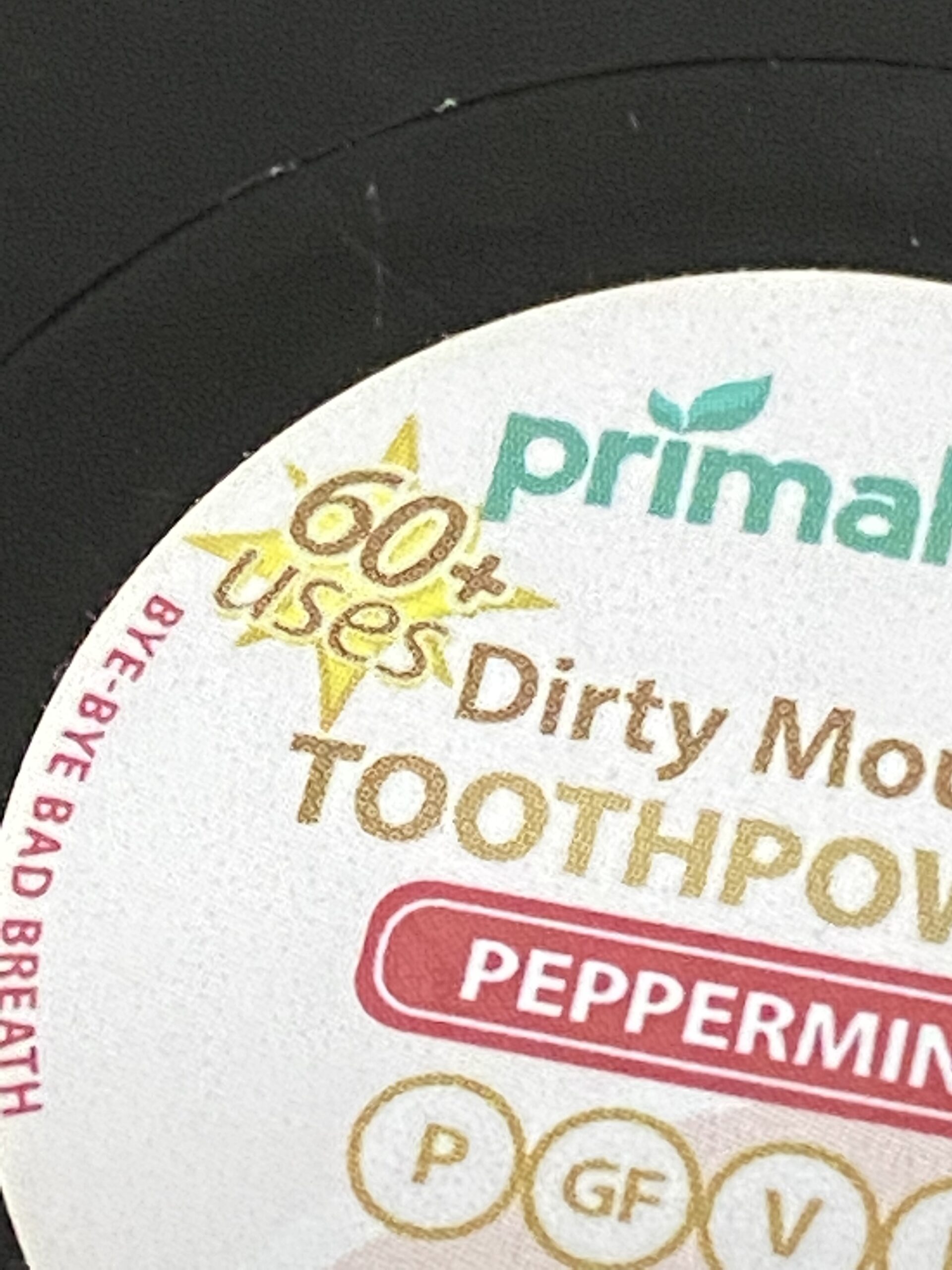
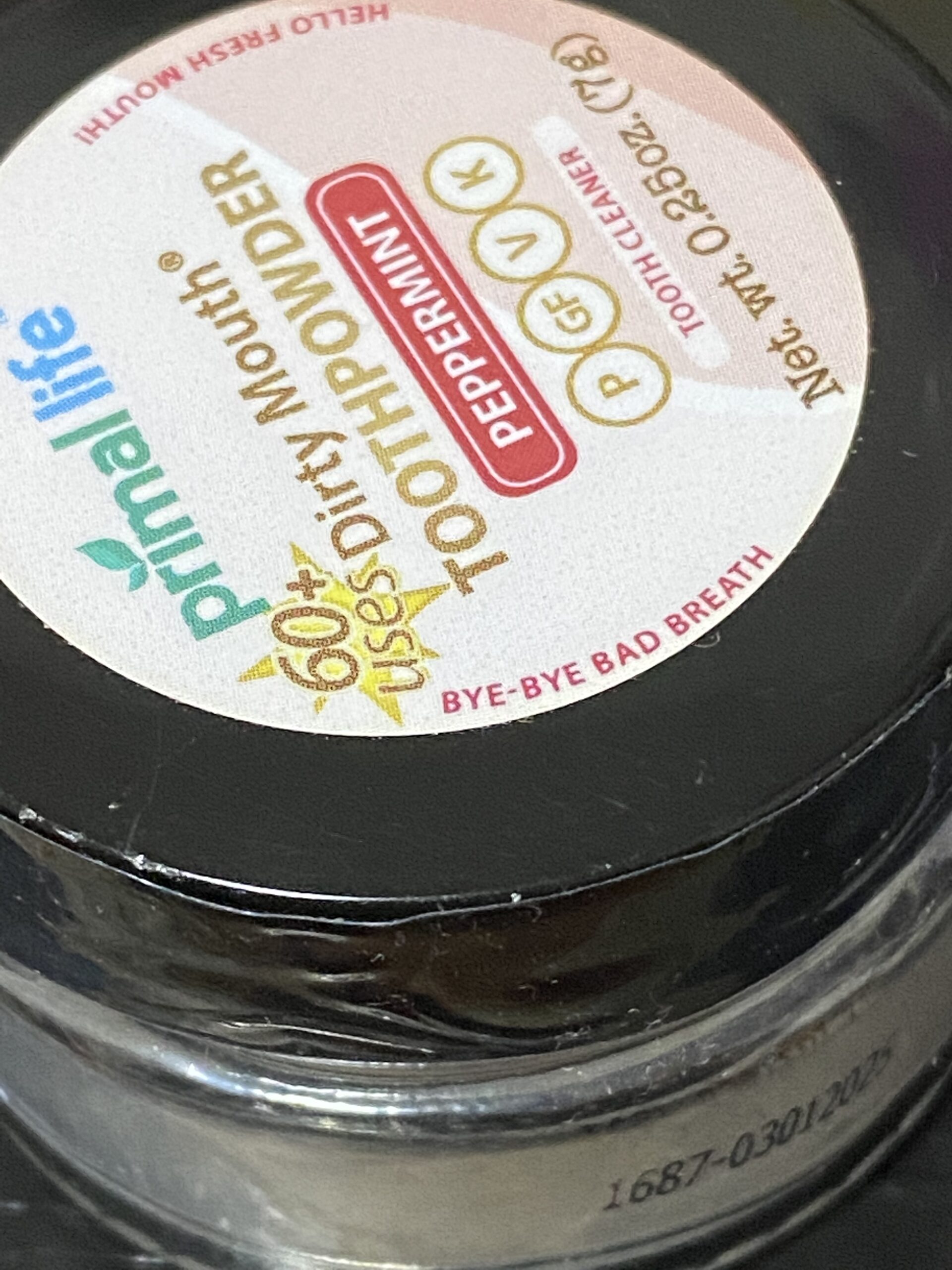
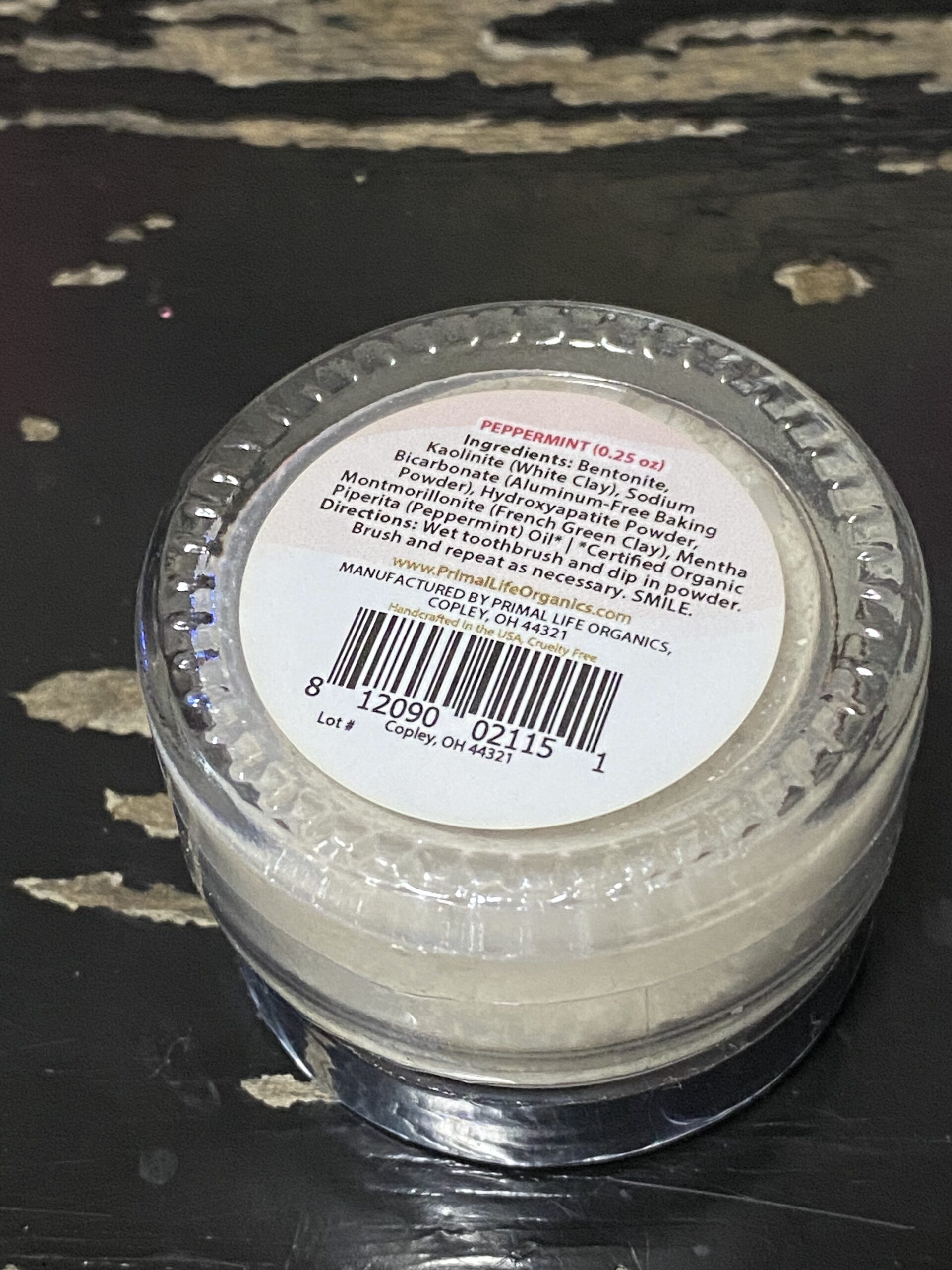
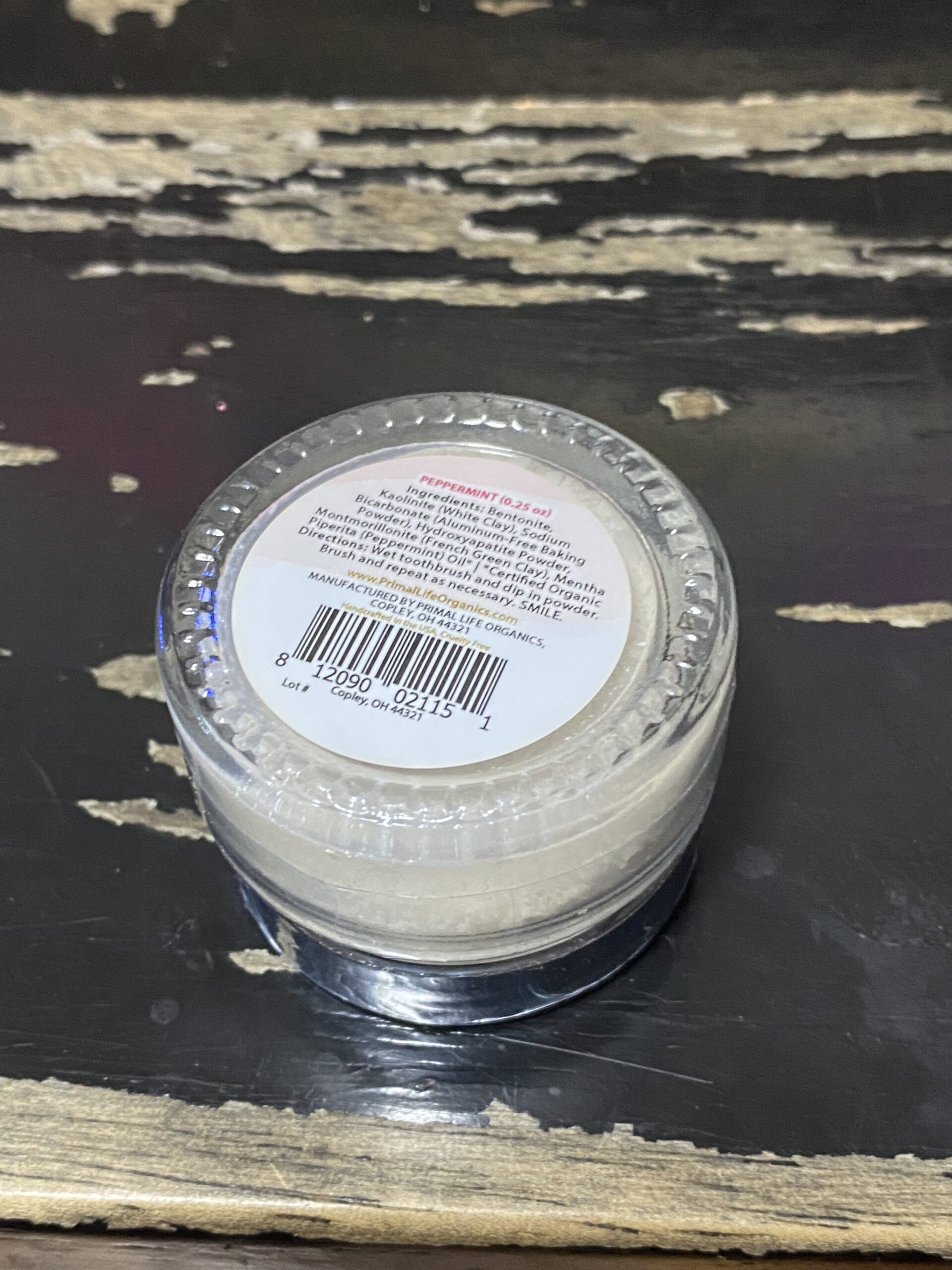
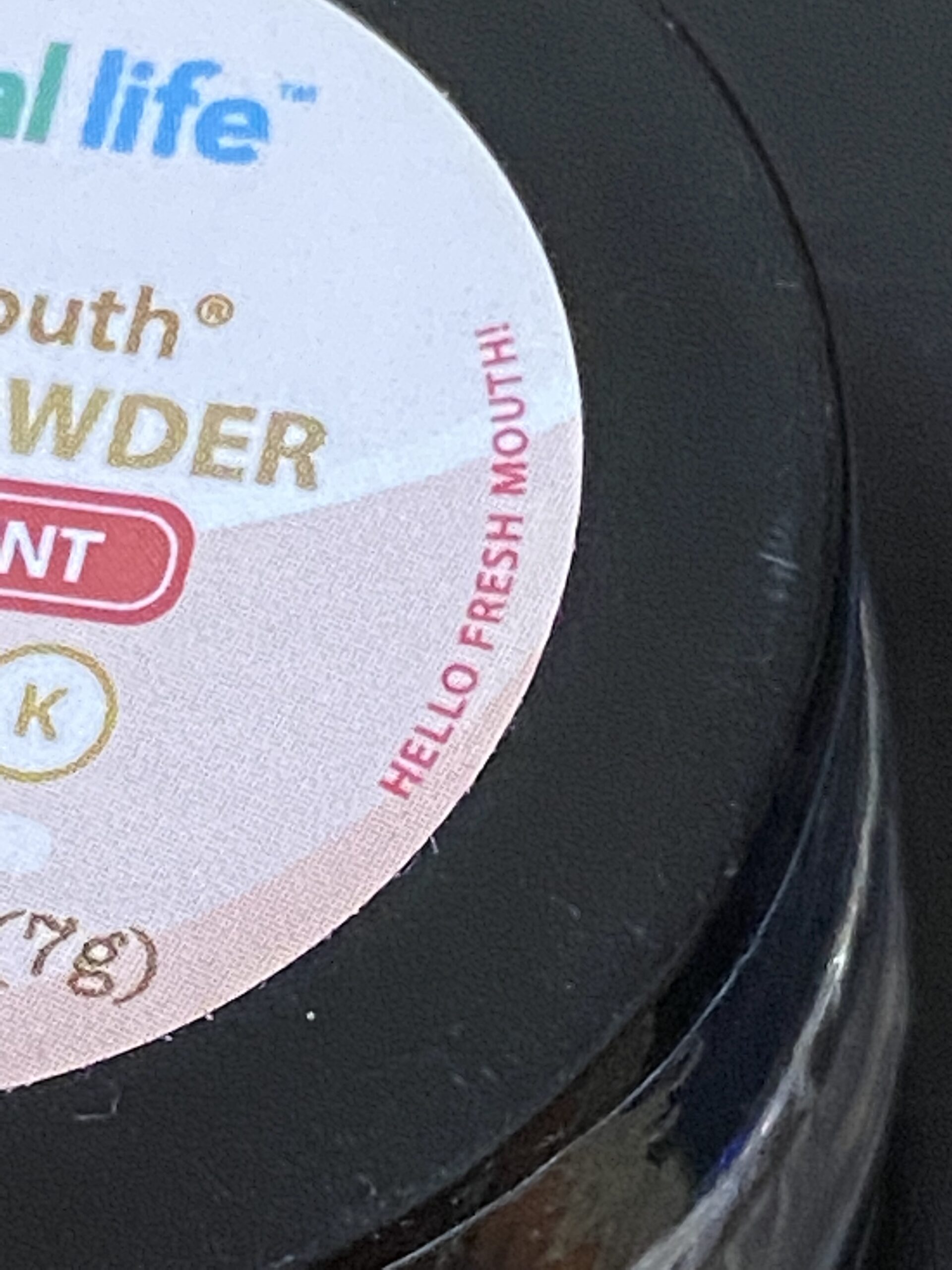
Never Miss an Important Article Again!
Join our Email List








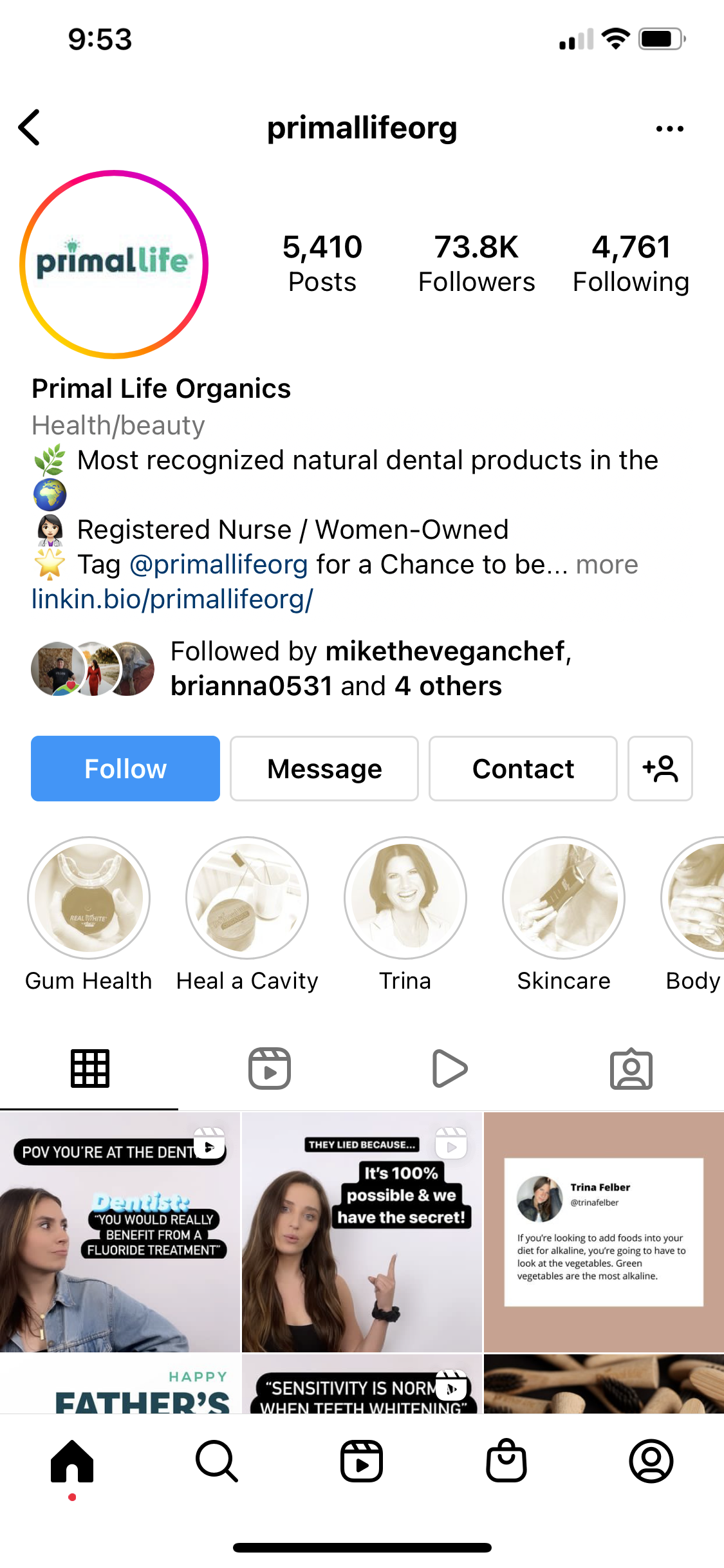
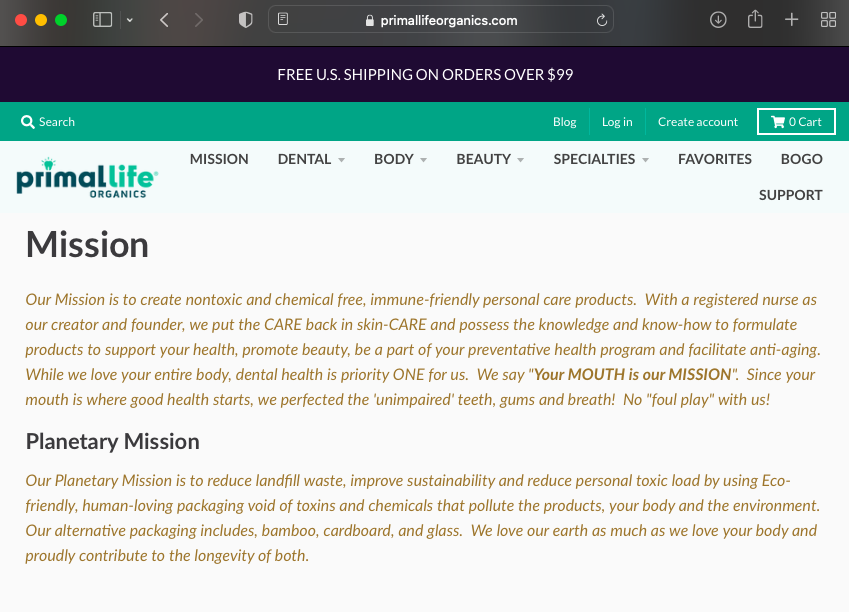
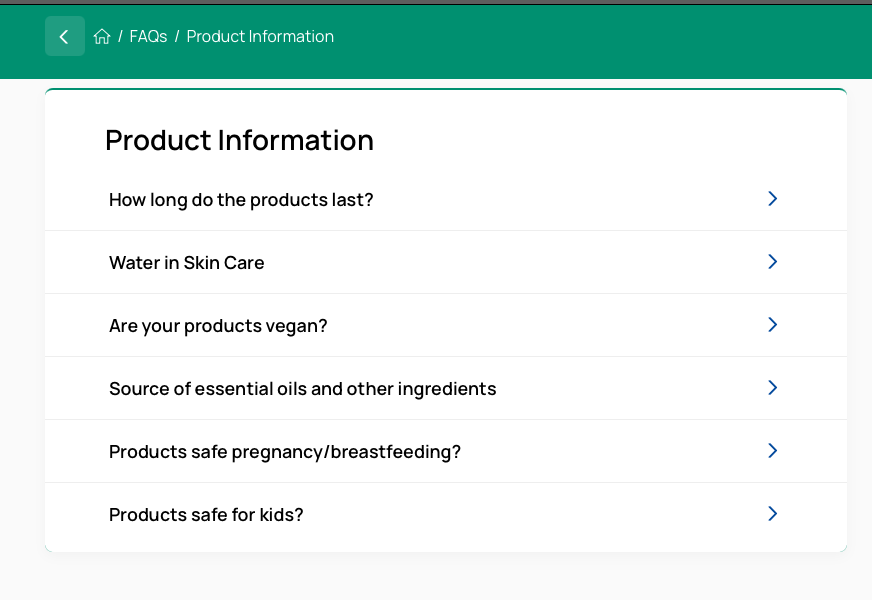
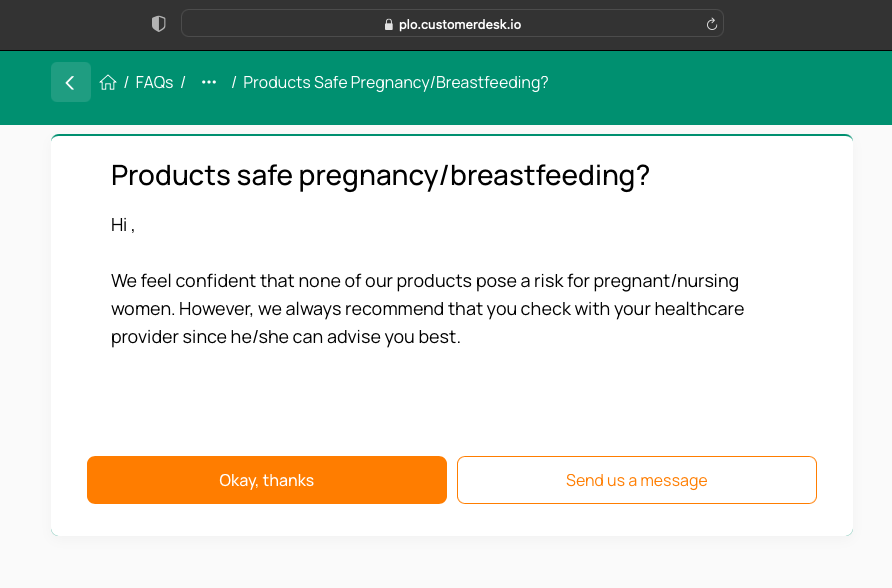
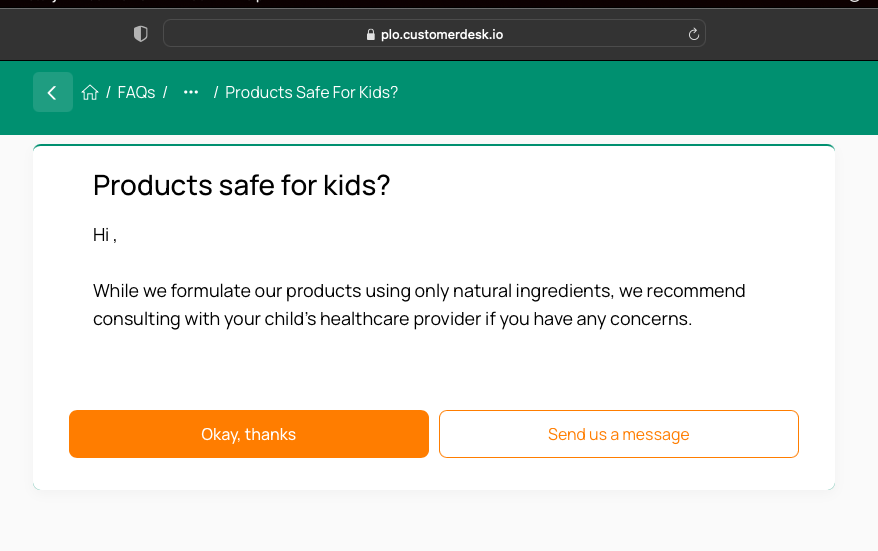
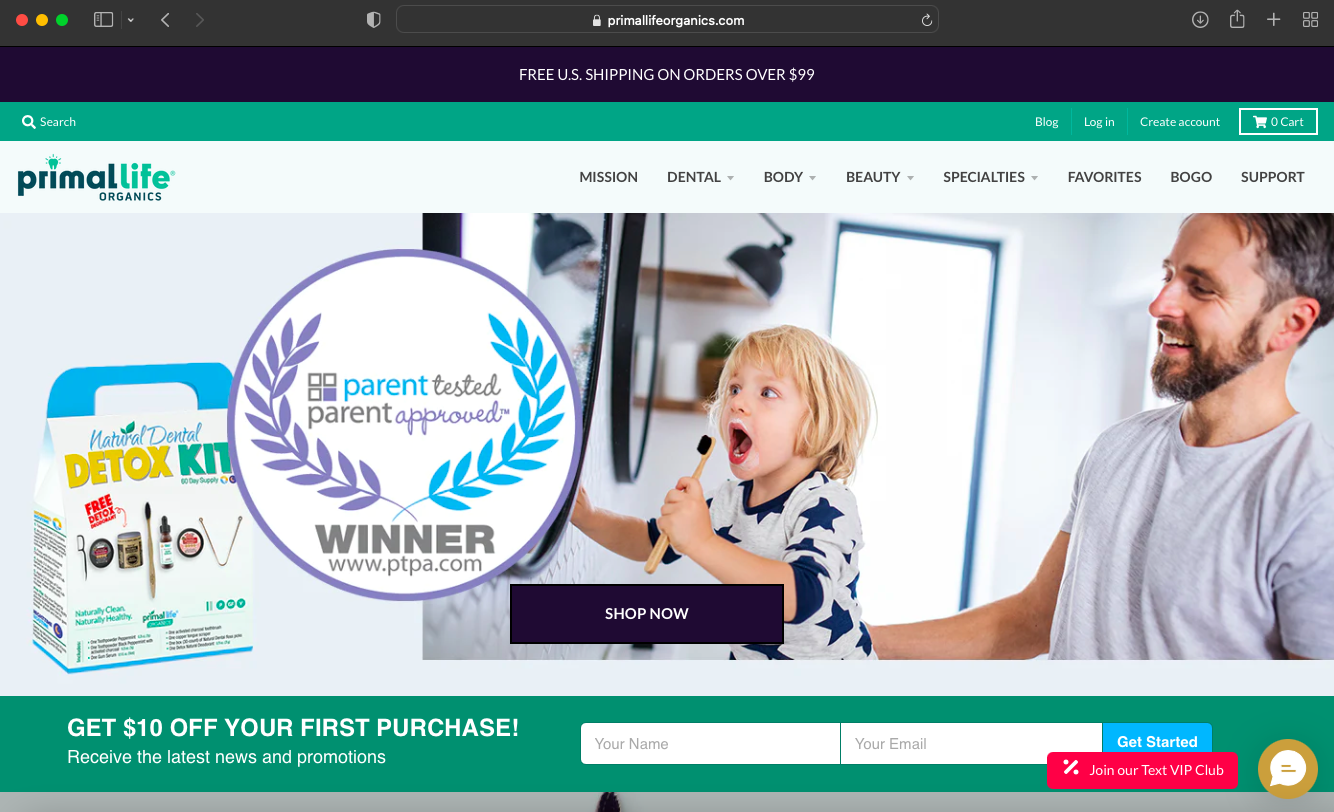
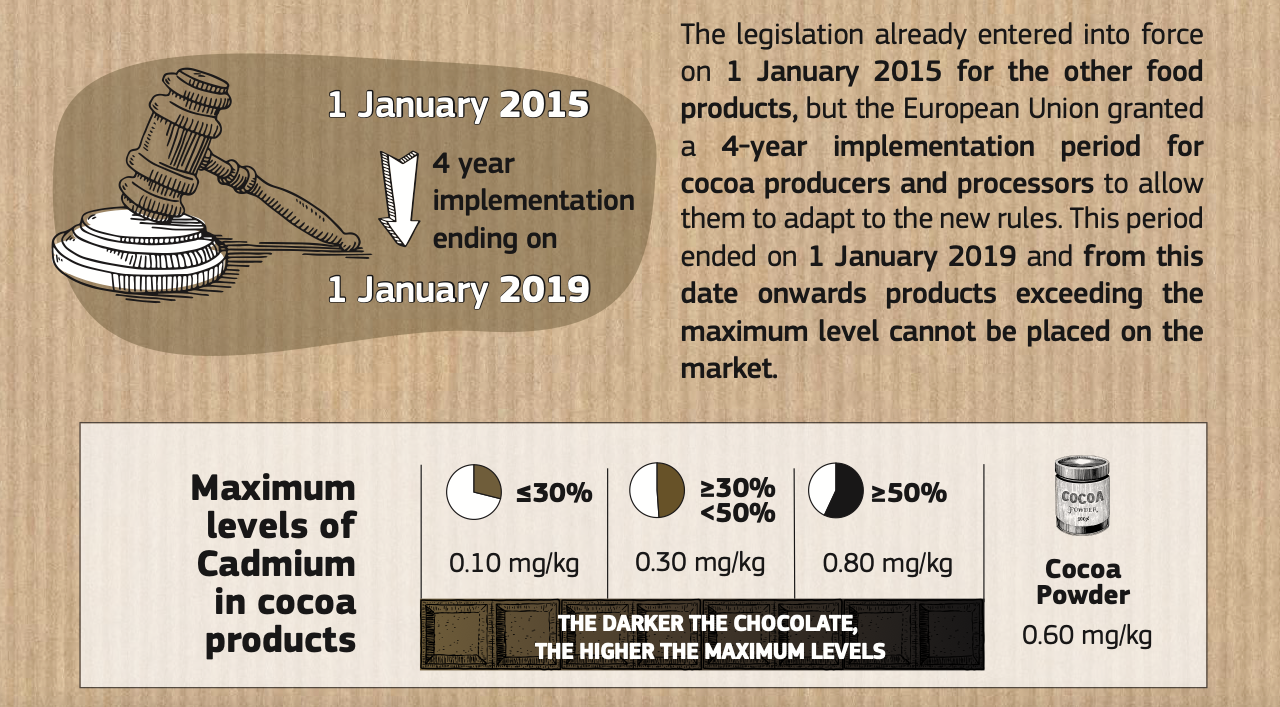

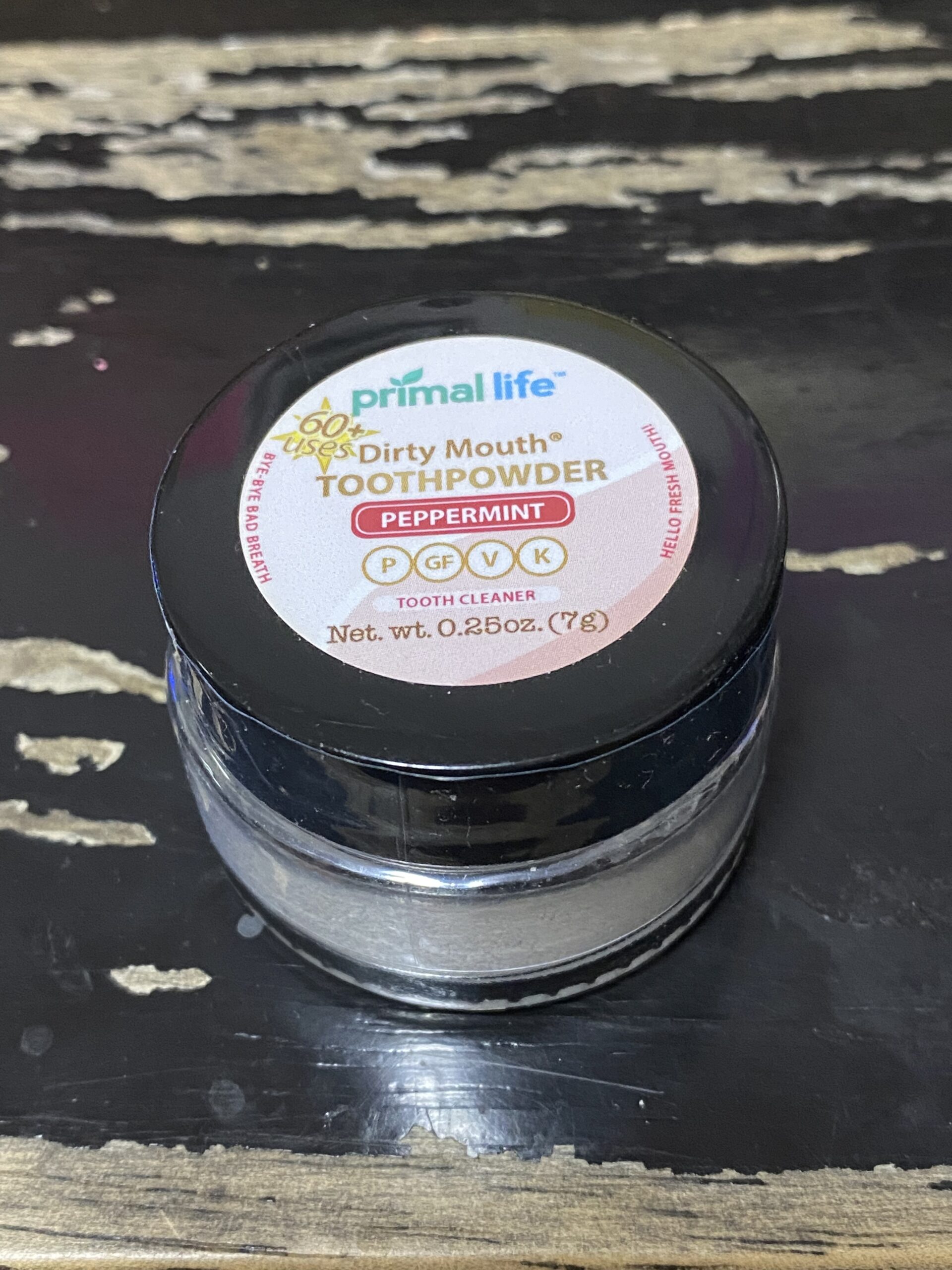

Thank you for the information. For about a month I have been using Vahalla spa organic tooth powder. It has the ingredient white kaolin clay. Is this a toxic ingredient? It’s supposed to be an organic product. I feel like we can’t trust anything anymore. I’m afraid that I have been using something toxic
I haven’t tested that specific product but it likely has similar test results.
I guess all the tooth powders are bad. What toothpaste do you use?
Only with clay. Just use one with calcium carbonate or similar
Do you know the name of one?
Hi Honey Bee,
If you’re still looking for tooth powder recommendations I’m currently using Eco-Dent TartarGuard in Fresh Mint. Not sure if I should post a link but ingredients are copy pasted from Amazon which is where I got it.
Sodium Bicarbonate (Baking Soda), Tartaric Acid, Sodium Methyl Cocoyl Taurate, Dicalcium Phosphate Dihydrate, Calcium Carbonate, Magnesium Carbonate, Sea Salt, Hydrated Silica, Tetrasodium Pyrophosphate, Disodium Pyrophosphate, Mentha Piperita (Peppermint) Oil, Menthol, Mentha Viridis (Spearmint) Leaf Oil, Gaultheria Procumbens (Wintergreen) Leaf Oil, Papain, Stannous Chloride, Cyamopsis Tetragonoloba (Guar) Gum, Commiphora Myrrha (Myrrh) Resin Extract.
I’ll be honest though, I have not looked up every single ingredient myself. I was just happy to find something after exhaustively searching the listings! But I definitely recommend everybody vet products for themselves.
I have also used some Frau Fowler brand tooth powders (also from Amazon) but unfortunately some of them now contain clay, so you have to be careful which when you pick. Personally I found the container very difficult to open and prefer Eco- Dent for whitening and ease of use, though the taste is a bit strong due to the thyme crystals.
Oh dear! The ingredients in the product description are not accurate actually. The actual photo of the ingredients matches my bottle, which includes thymol crystals.
If allowed, here is the link to the Amazon product page: https://www.amazon.com/gp/aw/d/B000OL8PA2?psc=1&ref=ppx_pop_mob_b_asin_title
Thank you so much
I clicked on your link for EU guidelines on chocolate toxicity but didn’t see chocolate listed. Perhaps I didn’t search deep enough; would it be possible for you to share in more depth the info you’ve acquired on chocolate toxicity. I happen to admit to having a chocolate dependency (organic 90% dark chocolate) and am now even more concerned. :/ I realize cadmium doesn’t fall into your lead toxicity research, but since you’ve brought it in to the discussion… 🙂
Thank you for doing what you do.
It’s here on the post in the cadmium section. It’s also discussed in my film.
T
Here’s my overview post on chocolate (I may need to update this): https://tamararubin.com/2013/12/lead-in-chocolate-really/
T
I see – the link changed – here’s the direct link (you just have to select “English” and search for “Chocolate” on the original link):
https://ec.europa.eu/food/system/files/2019-03/cs_contaminants_catalogue_cadmium_chocolate_en.pdf
Tamara, most RN’s are not taught about heavy metals or their impact on health. Sadly, neither are most doctors other than in a somewhat abstract way or in an acute poisoning. I have worked in functional medicine and nutrition so happen to be very aware and undergone some chelation for heavy metals.
Thanks for your hard work!
Jeanne (RN for over 25 years)
Tamara:
Can you post the XRF spectra of the two products to quiet the critics?
Two products? I only tested one product.
T
I am an expert on XRF and have several instruments including micro XRF. Can you post the XRF spectrum?
Hi there! I would love your input. I will send you an email. [I am working on another piece about this as well and would love your feedback if you have time.] Of interest as well is that the COA that the company provided for the clay base of this toothpaste also confirms the Lead levels (and the presence of Cadmium) in the batch they tested for their COA. Here’s that article with the COA:
https://tamararubin.com/2022/06/certificate-of-analysis-undated-for-lone-star-botanicals-bentonite-clay-provided-by-primal-life-organics-to-customers-confirms-lead-levels-found-by-lead-safe-mama-llc/
Tamara
We clean this facility in Fairlawn Ohio. Is it safe for us to clean? The powder is everywhere
Omg I just purchased some of this! I only used it twice, then came across your article. Wow- thank you for informing us. You’re a life saver!